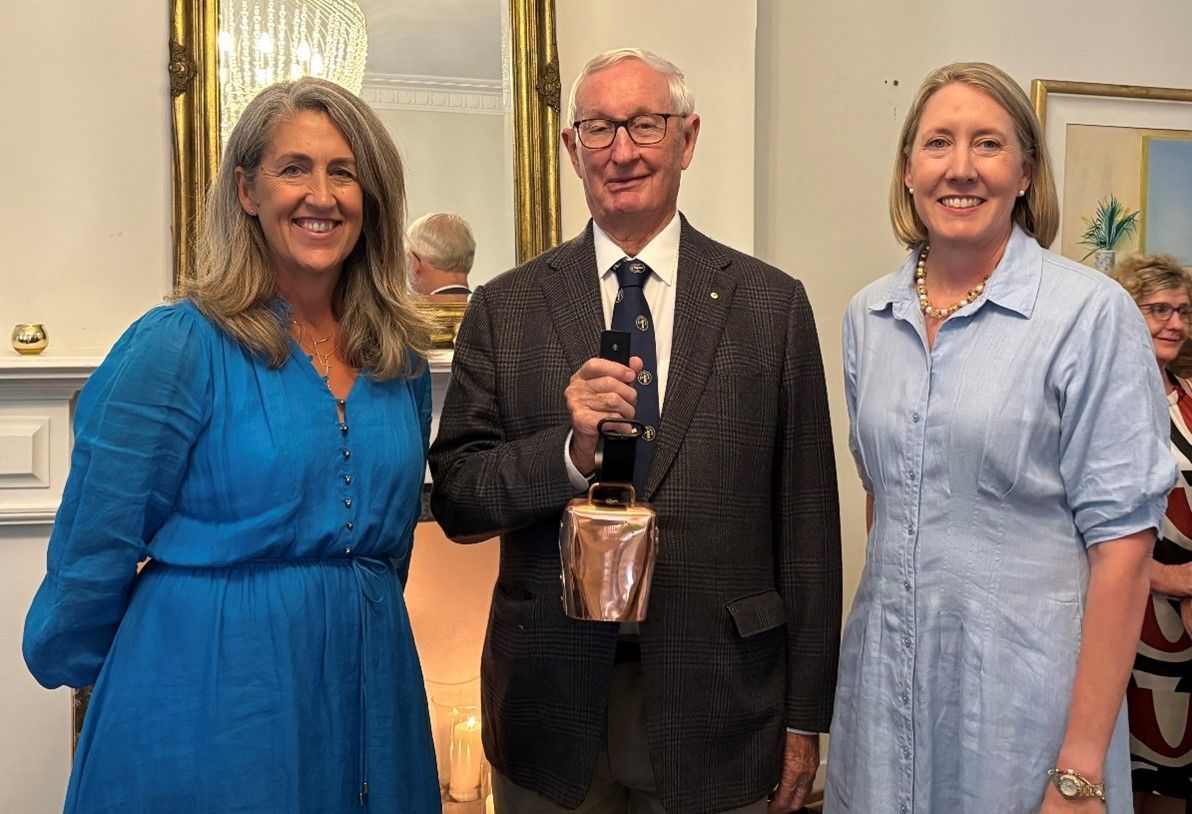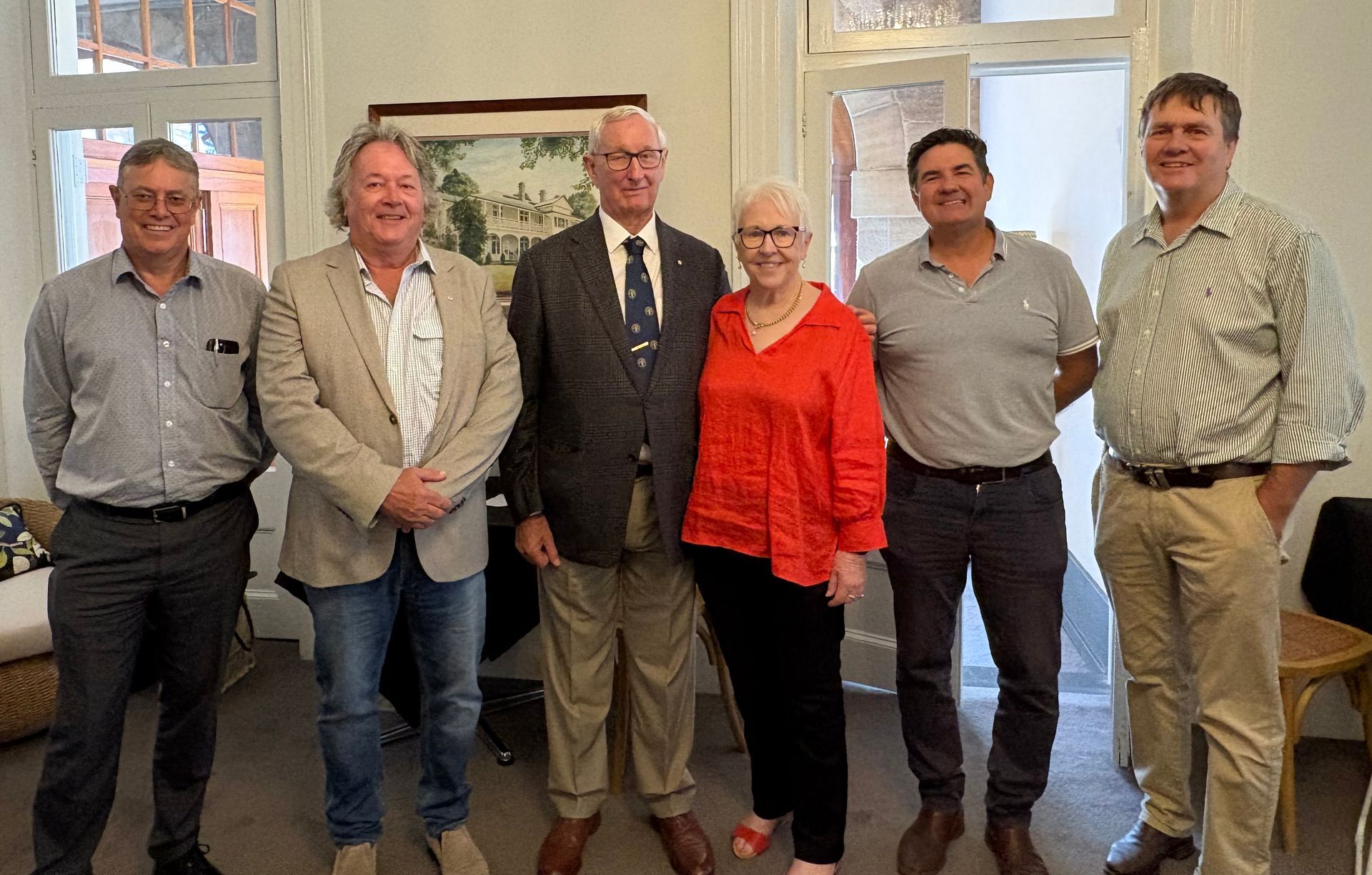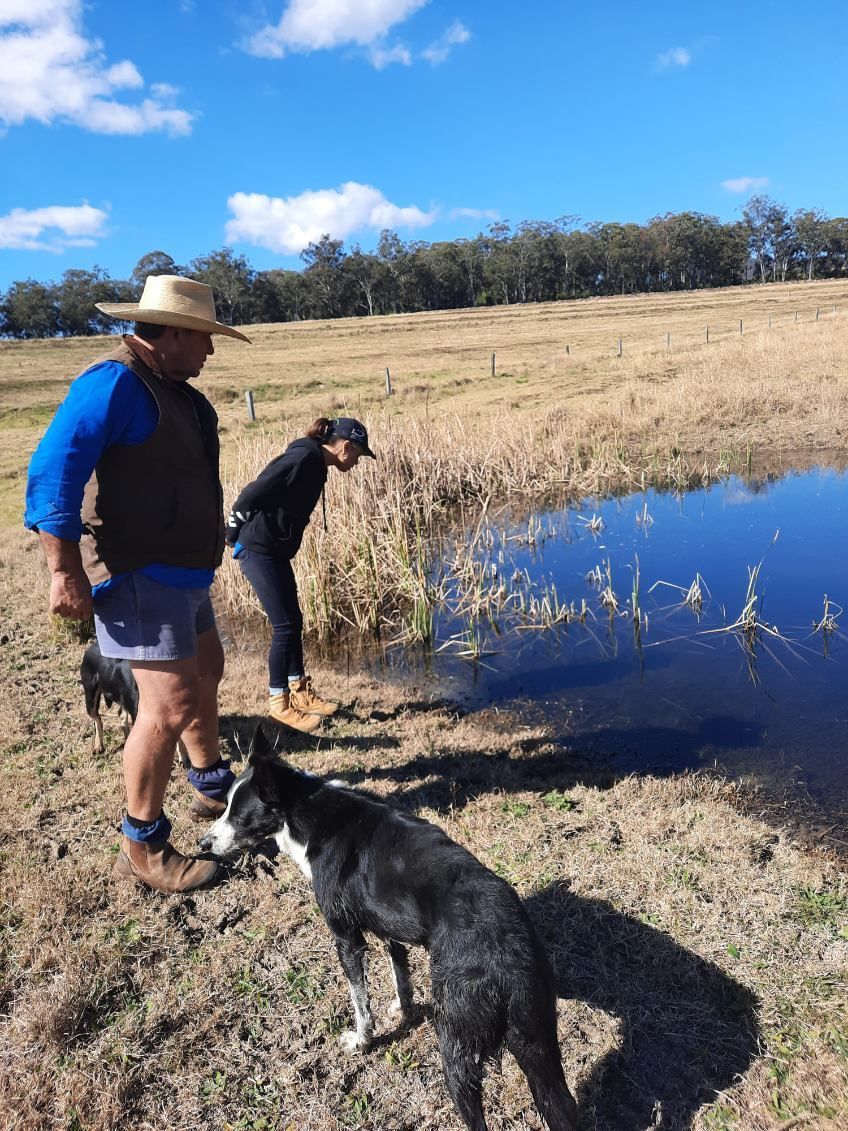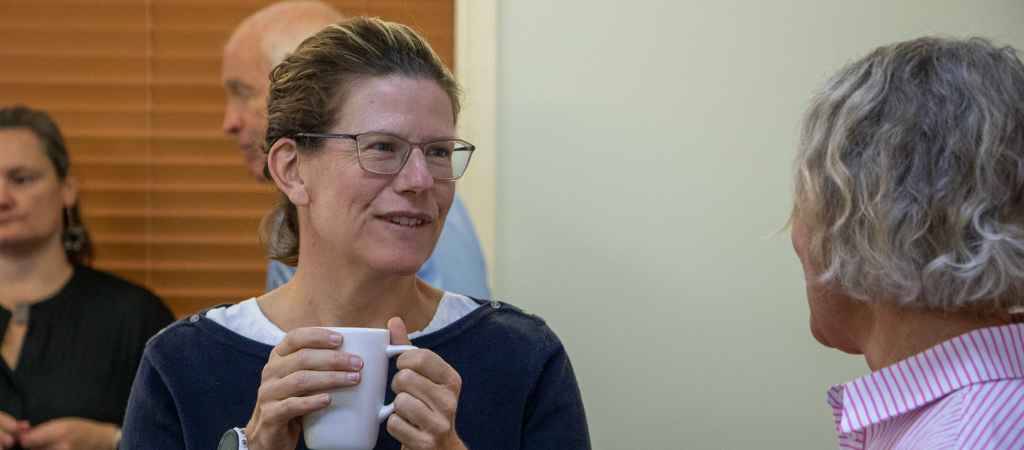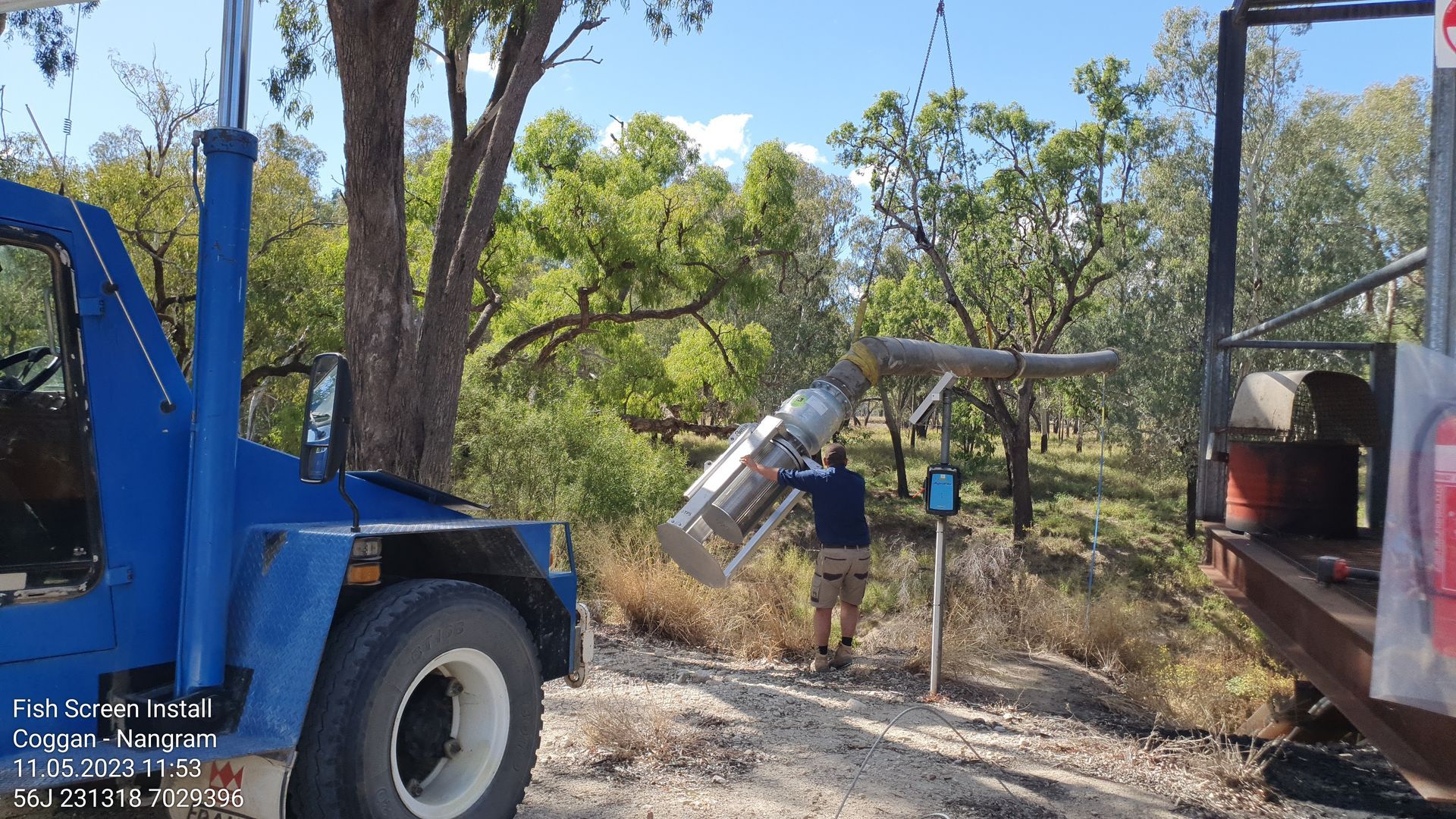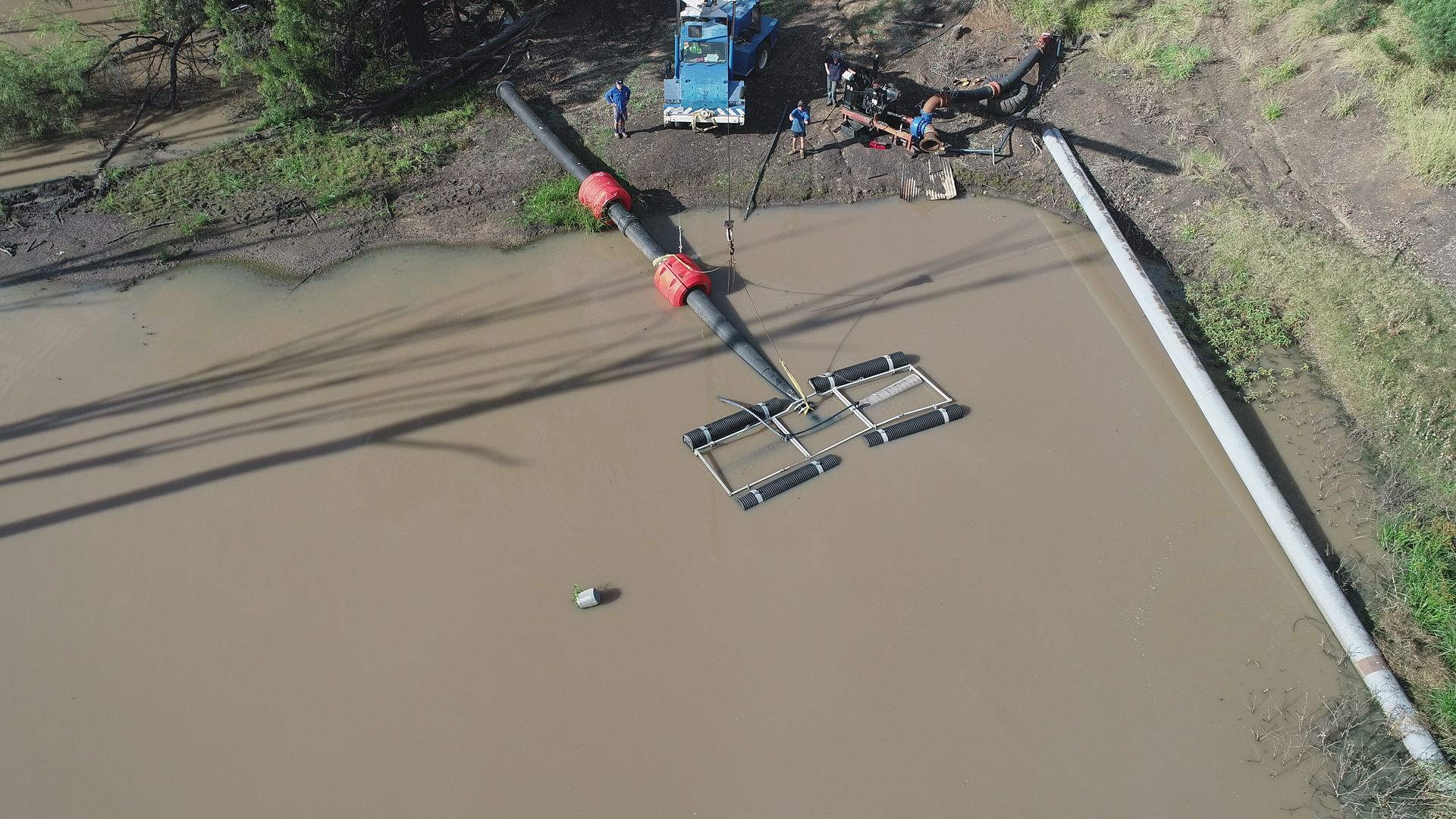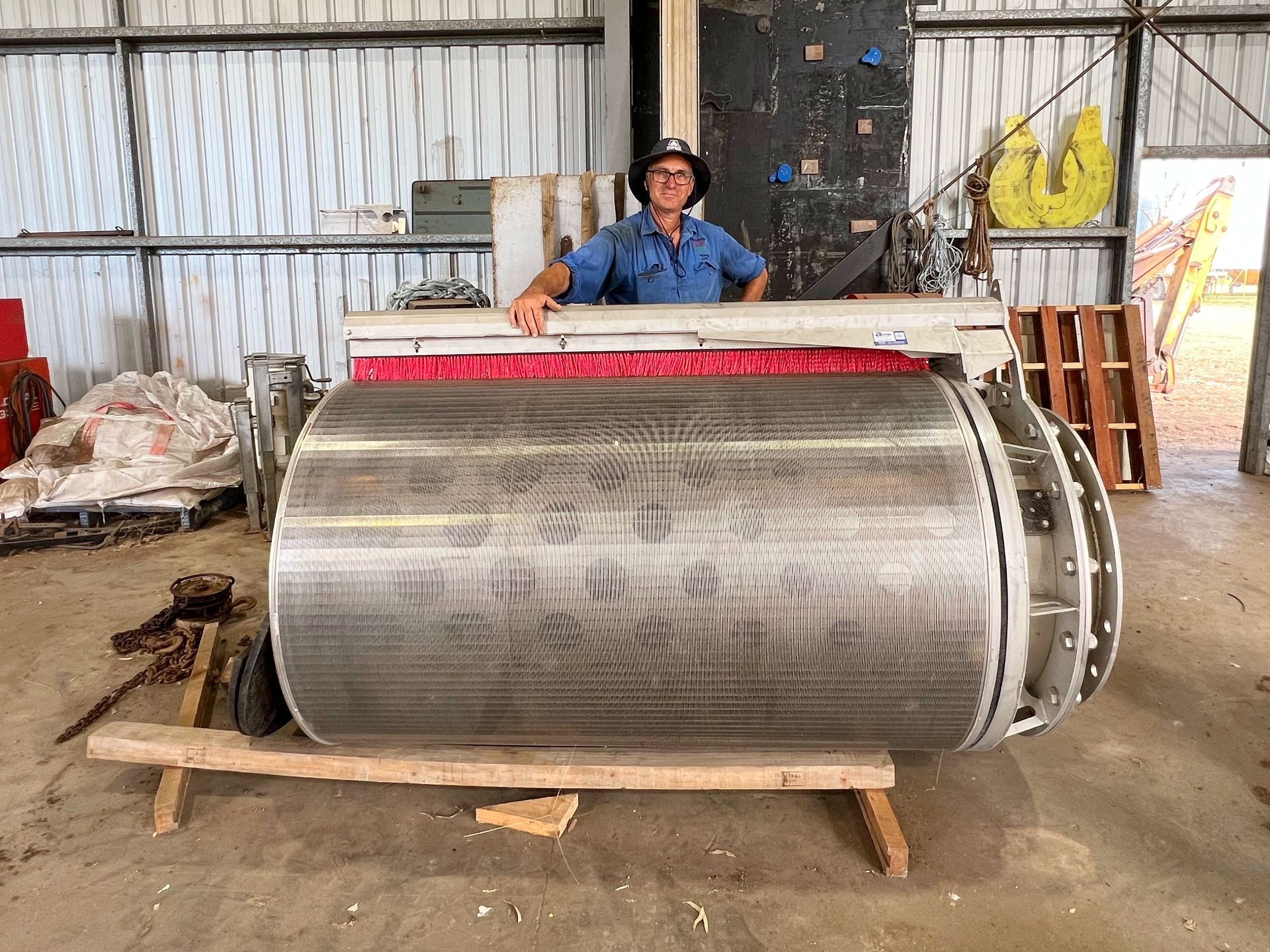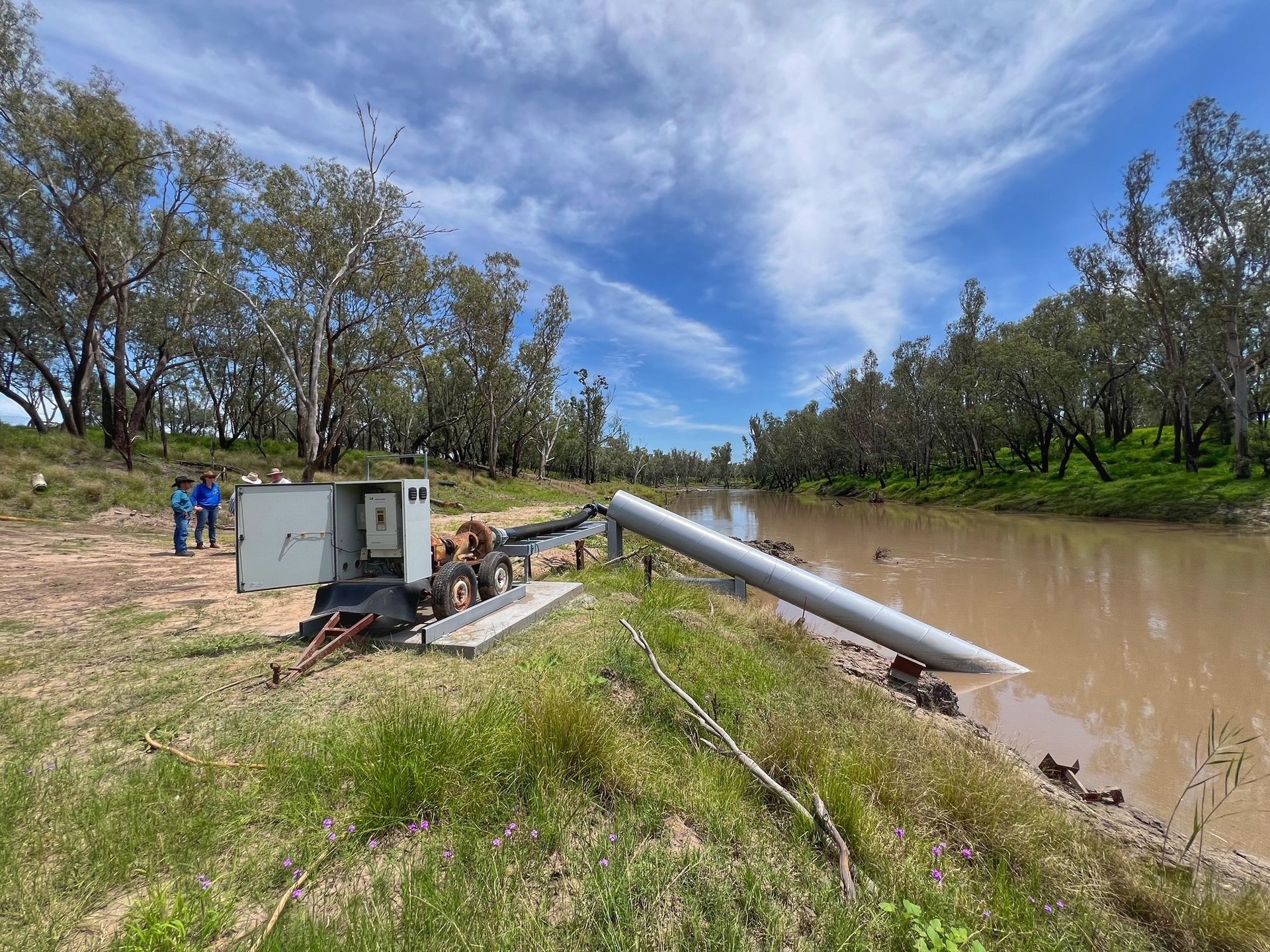One of the world’s most invasive fish species is in decline in the internationally acclaimed Ramsar listed wetlands of Currawinya National Park in south west Queensland.
Southern Queensland Landscapes, Queensland Parks and Wildlife Service (QPWS) and renowned aquatic scientist Dr Adam Kerezsy have been surveying the health of the park as part of the most comprehensive study undertaken in the catchment.
Dr Adam Kerezsy said survey results from the Lower Paroo River and Currawinya NP were promising with carp numbers considerably lower than native fish species, likely as a result from ongoing drought conditions.
“Carp have been a major pest in Australia for over 200 years and they really went berserk in the Murray-Darling Basin from the 1960’s to the 1970’s,” Dr Adam Kerezsy said.
“I could go fishing in some places of the southern Murray-Darling Basin and it would be nothing to catch 2000 carp in one go,” Dr Kerezsy said.
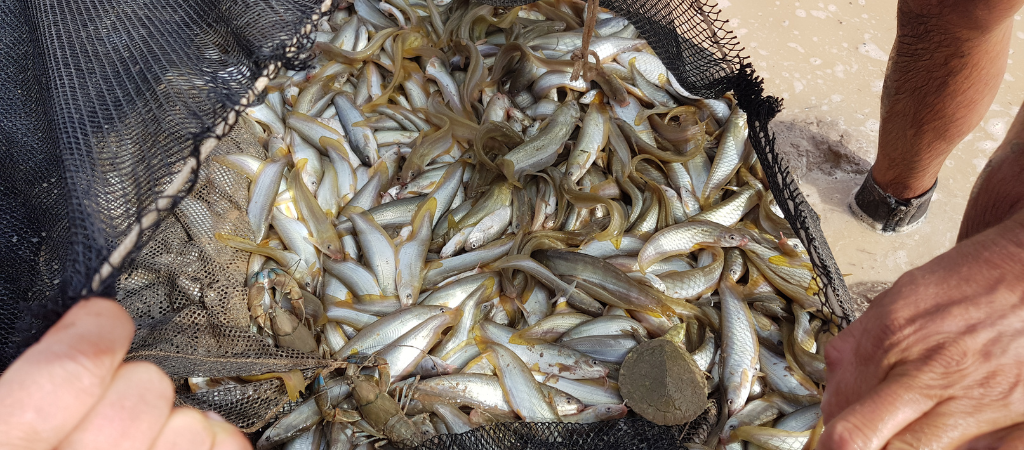
Fish were caught and briefly humanely assessed to display a sample of the population in the survey locations.
“But, during the Currawinya survey, we only caught about 30-40 carp so that’s nothing,” he said.
“And while we don’t really know why numbers are down we suspect that it is connected to recent drought conditions which saw the water holes dry up and when the wet came carp numbers just didn’t bounce back with such vigor as our native fish.”
According to the National Carp Control Program, carp populations can make up to 80% of the total fish present in some parts of the Murray-Darling Basin.
SQ Landscapes Project Delivery Lead Chris Crafter said survey results pointed to the fantastic health of the Currawinya Wetlands and the Paroo River; places historically known to be teeming with carp.
“Over the years I have seen significant numbers of carp in these areas, so we were expecting to find more during these surveys in Currawinya,” Chris Crafter said.
“Carp compete directly with native fish for food and habitat and they have an ability to breed rapidly in the right conditions. It can be really hard for native fish populations to bounce back. Ms Crafter said.
“The biggest impact they have on the ecosystem is that they muddy the waters when they feed, which decreases the oxygen in the water and makes it hard for the native fish to eat and breathe,” she said.
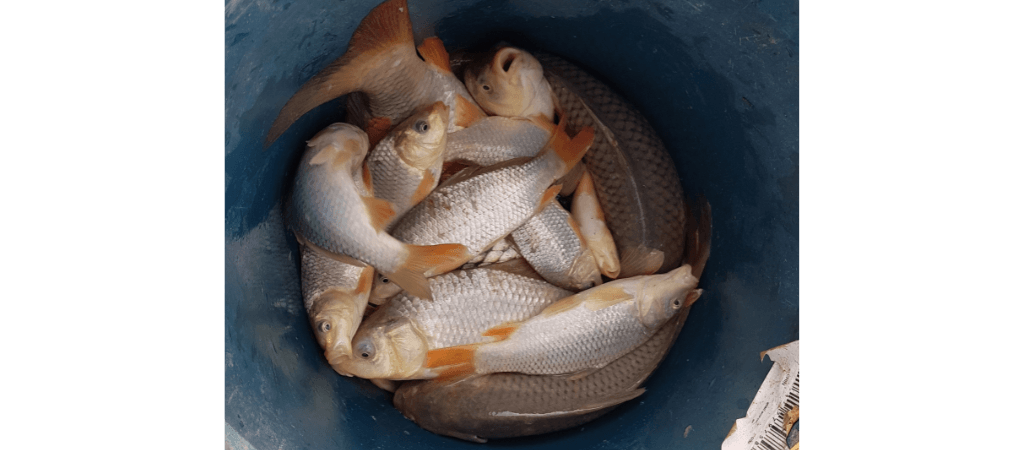
Only 30-40 carp were caught during the study of Currawinya Ramsar Wetlands and the Lower Paroo River.
Acting Ranger in Charge for Currawinya NP Moc Parker said the survey analyzed the health of 16 sites around the park, yielding exciting results.
“In addition to the impact of drought we believe recreational fisherman and fishing competitions geared towards catching carp have also played a part in applying pressure to carp numbers,” Moc Parker said.
“The changes have been for the better - the native fish stocks have improved out of sight and the invasive species like carp are not extending their area and not further infecting other parts of the waterways” Mr Parker said.
“The exciting part is to witness and record that the native fish numbers are not only improving but that the fish are healthy - the systems are healthy and that's what we’re here to do,” he said.
“It's good to be able to work in conjunction with organisations like SQ Landscapes and Dr Adam Kerezsy, and QPWS encourages collaboration with community groups and government.”
Christine Crafter said collaborating with experts is vitally important to achieve outcomes and deliver value to the local community.
“The surveys wouldn't have happened without collaboration between QPWS, local land managers Dr Adam Kerezsy and SQ Landscapes; supported through funding from the Australian Government,” Christine Crafter said.
“The surveys show programs are helping improve river health, and as a result we have improved numbers, sizes and abundance of native species for environmental health, bird breeding and recreational fishing which is another benefit to the community,” Ms Crafter said.
“The future looks bright for the Currawinya wetlands and Lower Paroo River systems, and I hope to see further surveying of the area and adjacent catchments so we can continue to monitor carp populations and their impact on native fish and the overall health of the system,” she said.
To learn more about invasive carp, visit:
https://carp.gov.au/en/the-carp-problem.
--
This project is funded by the Australian Government.
